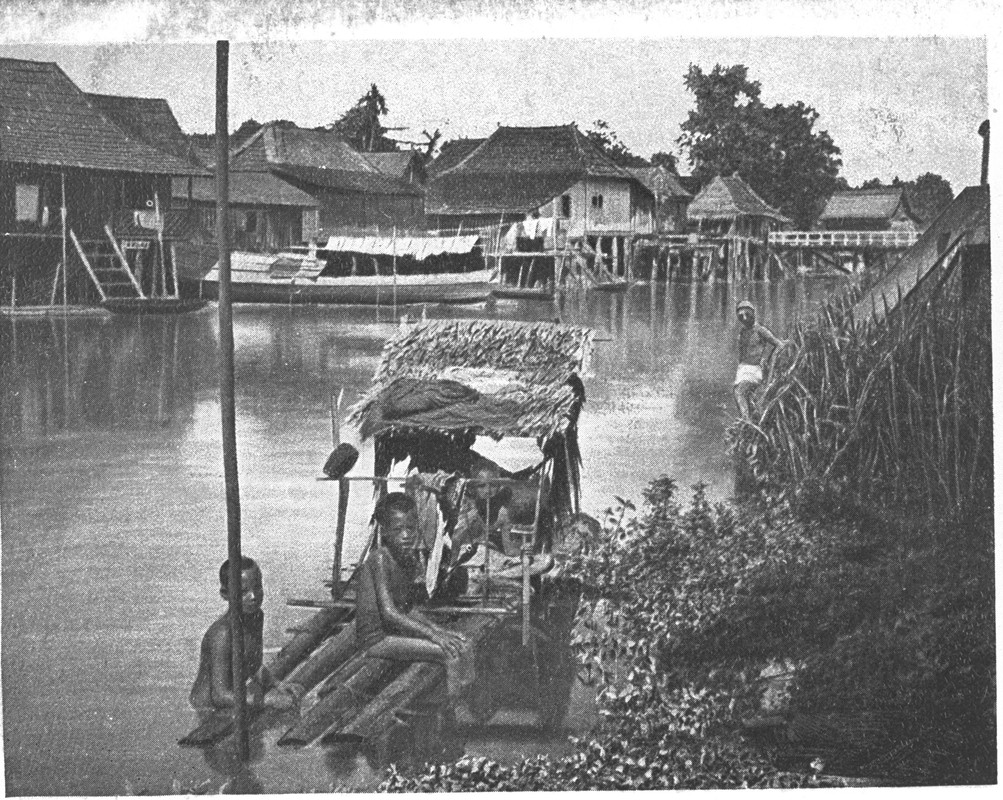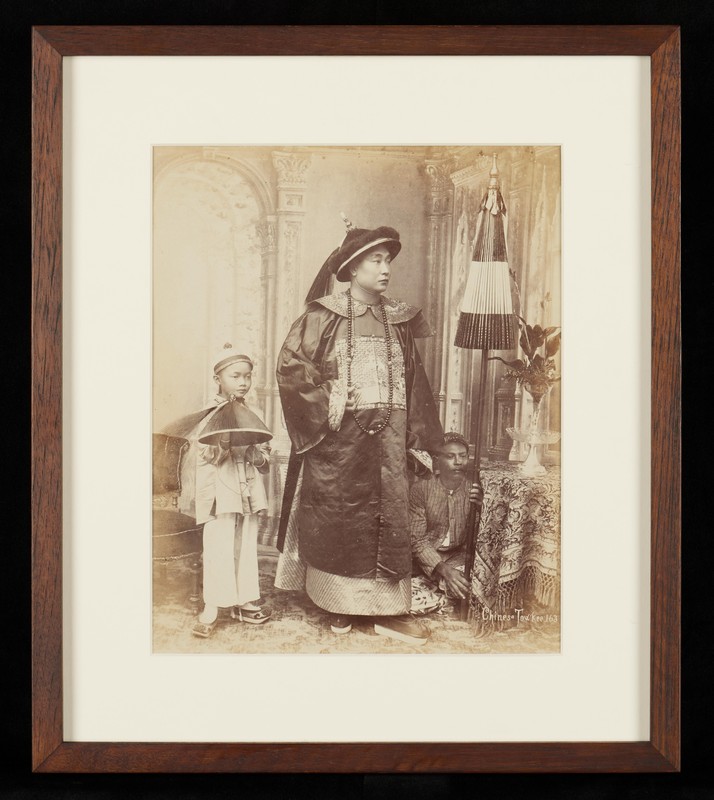The qiaopi network and Singapore’s hub position
Singapore’s early Chinese immigrants would typically send a remittance — accompanied by a letter, known as qiaopi — to their family members back home. The qiaopi and remittance trade established an important network which connected overseas Chinese with their families back home, enabling the maintenance of kinship across the oceans. In the 19th century, the demand for sending remittance-mail was on the rise, as a large number of people from Southern China had migrated to Southeast Asia. This led to the emergence of qiaopi couriers, known as shuike (literally “water guests”), who specialised in delivering qiaopi for Chinese immigrants. There were about 200 of them in Singapore by 1849. Some reputable businessmen with available funds also started setting up remittance letter firms, or qiaopiju, in the 1830s. After developing for more than a century, the qiaopi trade only began to decline in the late 1970s due to changes in policy and the economic environment.
At the beginning, qiaopi were mainly delivered by Chinese individuals, usually a shuike, who frequently travelled between the immigrants’ countries of residence and their hometowns. As the number of immigrants grew, the demand for such services increased, and some Chinese retail businesses got into the qiaopi and remittance trade as well. Most of these stores operated such a trade on top of existing businesses, which included bakeries, medicinal halls, printing houses, and even tea shops run by Hokkien tea merchants. By doing so, these qiaopi and remittance traders had not only formed a qiaopi network, but also turned it into a commercial network for their original businesses. After collecting remittances from their Chinese immigrant customers, some of the traders would use the funds to purchase goods to ship to China, and then deliver the money to the receiving families after selling the goods. This practice offered more profits than solely providing remittance services.
Community-based qiaopiju
It was clear that the qiaopi and remittance business was community-based, as members of a particular community would choose to send their letters and remittances through firms established by those from the same community. For example, the Hainanese would engage firms managed by fellow Hainanese. On the one hand, this was based on the trust in one’s fellow clansmen, and on the other, it was simply more convenient to communicate in the same dialect. One could even ask the staff — who would also be from the same community — to pen letters on their behalf.



According to existing records, 42 qiaopiju of different scales were operated by various factions of the Hokkien community in Singapore by 1937. More than 50 had been established by the Teochew community in the 1920s and 30s, and more than 40 were run by Hainanese immigrants during World War I. Most of these firms were characterised by diversified businesses and cross-regional operations, and they covered areas such as tea, paper, plastics, groceries, liquor, hardware, medicinal herbs, tobacco, printing, confectionery, general merchandise, and the import and export of indigenous products.
Singapore as a hub
Located at the southern end of the Southeast Asian region and entrance of the Strait of Malacca, Singapore’s unique geographical location as an island surrounded by the sea has made it an important transportation and commercial hub, as well as a transit point of the qiaopi and remittance network in Southeast Asia. In the early 20th century, the island had around 200 qiaopiju — this was not only the highest number among Southeast Asian countries, but also exceeded the combined total of all of those countries.
As a transit point, most of the letters and remittances from Southeast Asia would converge in the qiaopiju of Singapore before they were sent to the senders’ hometowns in China. In the late 1940s, Singapore handled nearly 18% of the qiaopi industry’s business. At that time, most of the qiaopiju were run by Chinese immigrants in Southeast Asia had branches in Singapore, Hong Kong, and their hometowns. While each of these firms was likely community-based, the collective network they formed spanned and connected a large number of villages and remote areas, ensuring that overseas Chinese remained in touch with their families back home.
All in all, the qiaopi trade network was a trans-regional network that had flourished for close to two centuries, encompassing economic and trade activities with profound social and cultural implications. It maintained connections between Chinese immigrants to the Southeast Asian (with Singapore as a hub) and China, their ancestral homeland, allowing them to sustain emotional and economic ties with the families they had parted with.
This is an edited and translated version of 侨批网络及新加坡的枢纽地位. Click here to read original piece.
Benton, Gregor and Liu Hong. Qin’ai de zhongguo: yimin shuxin yu qiaohui (1820–1980) [Dear China: emigrant letters and remittances, 1820–1980]. Shanghai: Orient Publishing Center, 2022. | |
Hamashita, Takeshi. Overseas Chinese and China Networks. Tokyo: Iwanami Shoten, 2013. | |
Lee, Chee Hiang. “19–20 shijiqijian xinjiapo gebang minxin ju de yingyun yu tongye zuzhi” [Operational models of the overseas Chinese remittance houses and guilds in the 19th–20th century Singapore]. In Haibang shengfu: qiaopi dangan yanjiu, edited by Chen Jinhuai. Guangzhou: Jinan University Press, 2016. | |
Liu, Hong and Zhang, Huimei. “Singapore as a nexus of migration corridors: The qiaopi system and diasporic heritage”. Asian and Pacific Migration Journal, 29/2(2020): 207–226. | |
Zhang, Huimei and Liu, Hong. “Haiwai huashang wangluo de duochong jiaozhi yu hudong, yi xinjiapo huaren qiaopi he huiduiye wei li” [The inter-connectivity and interaction between overseas Chinese merchants: a case study of Chinese remittance-mail sector in Singapore]. Zhongguo shehui jingjishi yanjiu 3 (2020): 32–43. |










